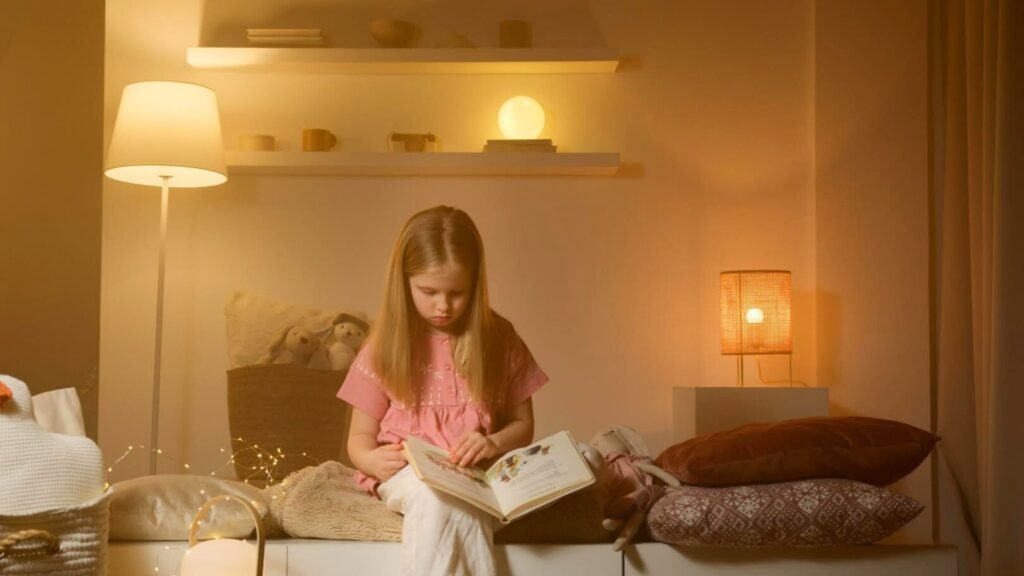Creating a functional and fun space for your child doesn’t mean sacrificing style or sanity. One of the most effective ways to organize a child’s room especially when space is limited is to create purposeful zones. Each zone supports a different activity, from studying and reading to playing and hosting friends. Here’s how to transform your child’s room into a well-zoned haven that encourages creativity, independence, and calm.

1. The Study Zone: Set the Stage for Success
This area should inspire focus and minimize distractions. Choose a quiet corner with good lighting, ideally near a window. Equip it with:
- A kid-sized desk and chair (ergonomic and comfy!)
- A small shelf or drawer unit for school supplies
- A corkboard or whiteboard for reminders and creative doodles
- Task lighting (clip-on lamps are great space-savers)
Pro tip: Use bins or color-coded folders to teach basic organization habits early.
2. The Play Zone: Where Imagination Rules
Keep toys contained but accessible. The play zone should be spacious enough for floor activities like building blocks or imaginative play. Use:
- Soft rugs or foam tiles to define the area and protect little knees
- Low, open shelving for toys and games
- Baskets or labeled bins for quick clean-up
- A dress-up rack or trunk for costumes
Keep it flexible, this zone evolves quickly as your child’s interests change.
3. The Reading Zone: Cozy + Calm = Magic
Encourage quiet time and a love for books with a dedicated reading nook. You don’t need a lot of space—just a few essentials:
- A bean bag, floor cushion, or mini armchair
- A low bookshelf or wall-mounted book ledges
- Soft lighting, like a clip lamp or string lights
- A basket for rotating favorite books
Design tip: Hang wall decals or artwork of favorite characters or animals to make it feel personal.
4. The Hangout Zone: Friends Welcome!
Even in small rooms, you can create space for socializing. This could be:
- A foldable floor mattress or cushioned bench with storage
- Stackable poufs or floor pillows
- A small side table for snacks, crafts, or games
- Optional: a Bluetooth speaker or fun lighting (like a mini disco ball lamp)
Bonus idea: Add a pinboard or photo string with clips where they can display photos with friends.
Putting It All Together
- Use rugs, curtains, and furniture placement to visually define each zone.
- Keep clutter in check by rotating toys and books seasonally.
- Allow your child to be part of the setup—they’re more likely to use and maintain the zones they helped design.
Why Zones Work
Creating zones gives your child a sense of order, ownership, and autonomy. It helps them shift gears more easily from play to study and creates natural boundaries that make organizing simpler.
Ready to refresh your child’s room? Start by observing how they naturally move through their space—and design with function, flow, and fun in mind.
Surround your child in beauty and function.





